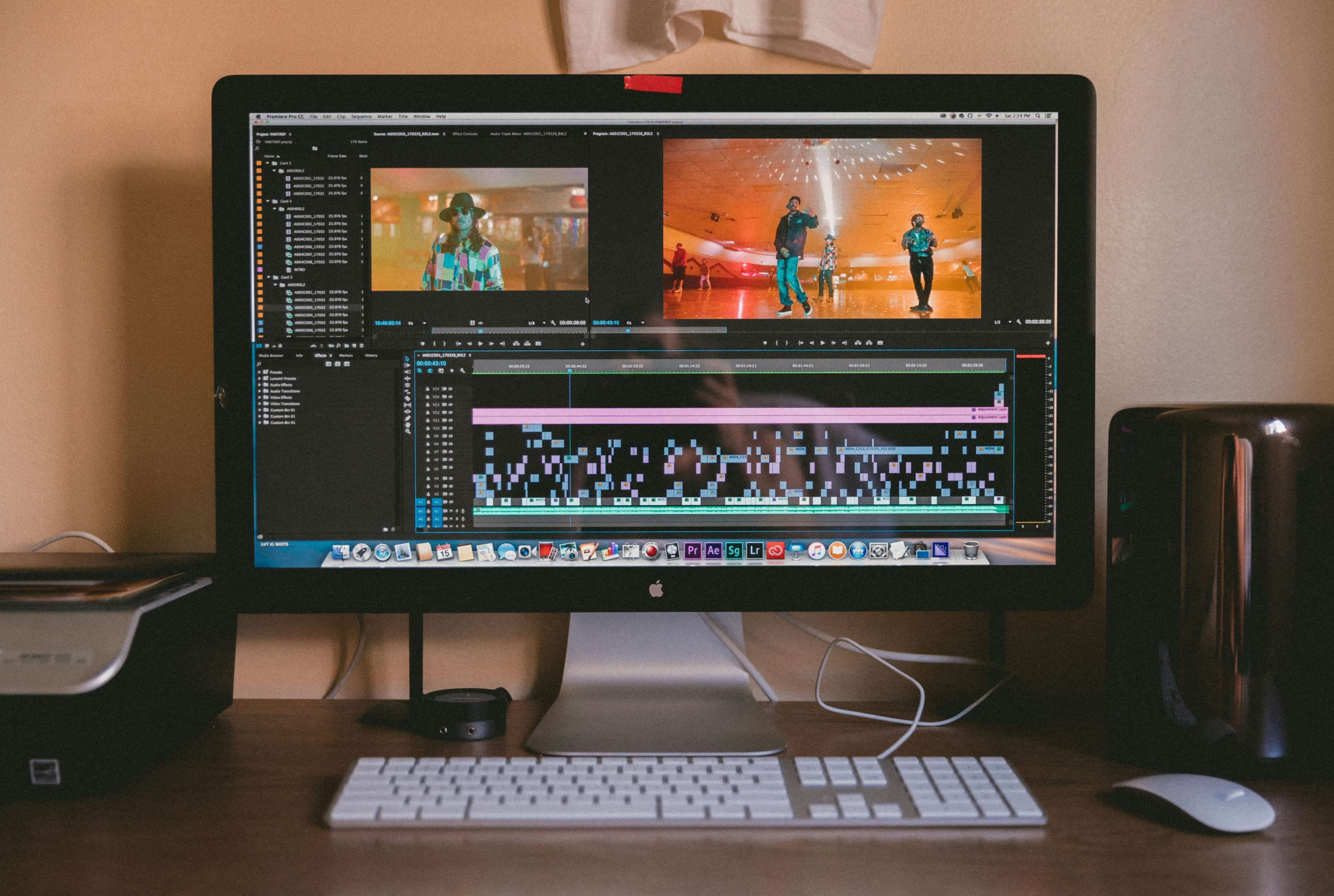Digital asset lifecycle management includes 5 key stages: creation, storage, distribution, usage, and archiving. Reduce file duplication and rework costs.

Problem: Enterprises managing massive volumes of images, videos, and design files face recurring challenges—disorganized files, unclear versions, and uncontrolled risks. How can you systematically manage the asset lifecycle?
Solution: Digital asset lifecycle management divides into five critical stages: Creation, Storage, Distribution, Usage, and Archiving. With structured processes and the right tools, companies achieve faster asset discovery, enhanced security, and seamless workflows.
Key Results: Cross-border e-commerce and FMCG companies typically face 30% file duplication rates. Automotive brands lose 15-20% of project budgets to version-control failures. Luxury brands using systematic lifecycle management cut search time from 2 hours to 5 minutes—a 400% efficiency gain—while directly reducing rework costs.
1 AM. A designer uploads the final packaging revision to a shared folder. Next morning, production prints thousands of units using yesterday's outdated file. Result: $75,000 in scrapped materials.
This isn't isolated:
Preventing these losses requires a complete digital asset lifecycle management framework.
The lifecycle begins with creation. Whether designers produce packaging files or marketing teams shoot videos, early standardization is essential:
Prevent departmental chaos with formats like: Brand_ProductLine_Purpose_Version_Date.extension (e.g., MuseDAM_SpringCollection_Hero_V3_20250308.jpg)
MuseDAM's intelligent parsing automatically identifies scenes, color tones, and subjects at creation—no manual tagging required
Measurable Impact: One cross-border retailer reduced "missing authorization" takedown risks by 40% through creation-stage standardization.
Key Takeaway: Clean source data prevents downstream rework; front-loaded compliance eliminates legal exposure.
In the storage phase, common pain points include scattered materials, difficult searches, and high file duplication rates. Traditional folder management creates recurring issues:
MuseDAM supports natural language queries like "red-themed posters from last Spring Festival"—the system auto-matches time, color, and holiday tags
MuseDAM identifies files with >95% similarity, alerting users during upload
By projects, product line, timeline, purpose, region, and more—one file can appear across multiple logical categories simultaneously
Measurable Impact: One FMCG company reduced file duplication from 32% to 8% after implementing smart storage, cutting storage costs by 60% while shrinking designer search time from 45 minutes to 3 minutes average.
Key Takeaway: Smart classification is the engine that cuts file duplication by 30%—ensuring assets are both stored efficiently and found instantly.
Once assets need cross-department or cross-regional collaboration, distribution challenges emerge:
Low Efficiency: Email attachments hit size limits; cloud shares require per-user permission setup Security Gaps: Forwarded files lose control; usage tracking becomes impossible Version Confusion: Multiple distribution channels create conflicting versions with no single source of truth
Record who downloaded which version when—quickly pinpoint leak sources if breaches occur
Measurable Impact: One luxury brand reduced unauthorized asset exposure from 3-5 incidents per quarter to zero, significantly lowering brand risk.
Key Takeaway: Efficient sharing and security aren't mutually exclusive—granular permissions are the bridge.
During asset usage, common problems include:
Through version control and commenting & annotation, teams collaborate on one platform:
Measurable Impact: One automotive brand's marketing department cut version-error rework by 75% through version management, shortened project delivery cycles by 20%, and saved approximately $1 million in rework costs.
Key Takeaway: Transparent version control prevents million-dollar rework costs by keeping teams on the correct file.
The lifecycle's final link is archiving. Common problems:
Measurable Impact: One e-commerce company increased historical asset reuse from 5% to 35% through archiving strategy, shortened new product launch cycles by 30% (directly reusing last year's bestseller design frameworks), while cutting storage costs by 70%.
Key Takeaway: Archiving isn't an ending—it's transforming assets into long-term competitive advantage and institutional knowledge.
Different industries emphasize distinct aspects of digital asset lifecycle management. Taking cross-border e-commerce as an example:
Real Results: One major cross-border seller reduced new product listing time from 3 days to 6 hours via MuseDAM, lowering compliance-related takedown rates by 85%.
Real Results: One joint-venture automaker eliminated version-error rework incidents (from 2 per quarter to 0) through MuseDAM, improving cross-department collaboration efficiency by 50%.
AI auto-detects brand color system compliance (e.g., Tiffany blue value deviation <5%)
Categorize by region (Europe/Middle East/Asia-Pacific), scenario (advertising/retail/e-commerce)
Full usage tracking per asset; counterfeit discoveries enable source tracing
Classic assets (iconic campaign imagery) permanently preserved as brand equity
Real Results: One international luxury brand achieved zero unauthorized asset leaks through MuseDAM, with brand asset valuation increasing 15% (thanks to comprehensive historical asset library).
Yes. Even with smaller asset volumes, structured lifecycle management prevents duplicate work and enhances team collaboration. SMEs especially need efficient tools to compensate for limited headcount—MuseDAM offers flexible SaaS subscriptions requiring no IT team maintenance, ready immediately upon activation, with ROI recovery typically within 3-6 months.
SaaS-based DAM platforms inherently support cross-regional collaboration with real-time data synchronization, eliminating information silos caused by geographic separation.
Demonstrate concrete efficiency gains that teams feel tangibly:
Recommend a pilot rollout strategy: trial with 1-2 project teams for one month, let data speak, then expand company-wide.
Digital asset management workflows (DAM Lifecycle) typically include five core stages:
Each step has specific tools and methods ensuring efficiency and security. MuseDAM provides integrated solutions covering the complete lifecycle.
ROI quantifies across these dimensions:
Cost Savings:
Revenue Gains:
Real Case: One FMCG company's annual digital asset management costs approximately $75,000 (labor + storage + tools). After implementing MuseDAM, first-year savings reached $180,000 in rework costs + $120,000 equivalent in productivity gains, achieving 4:1 ROI with 3-month payback period.
Starting today, prevent your team from falling into version chaos. Make collaboration more efficient, assets more secure, and creativity a lasting competitive advantage. Talk with us to learn why leading brands choose MuseDAM to upgrade their digital asset management.